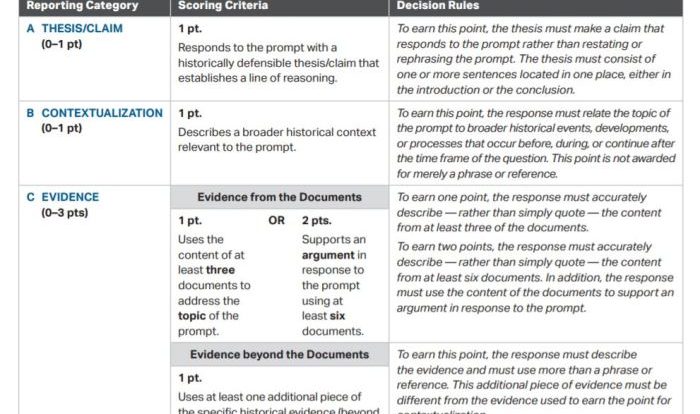Embark on a journey through the annals of Ohio’s constitutional history with ‘history of ohio’s constitution icivics,’ a comprehensive exploration of the document that has shaped the Buckeye State’s governance and identity.
From its humble beginnings in the Northwest Ordinance to its current iteration, Ohio’s constitution has undergone a remarkable transformation, reflecting the evolving needs and aspirations of its citizens.
1. Historical Context of Ohio’s Constitution
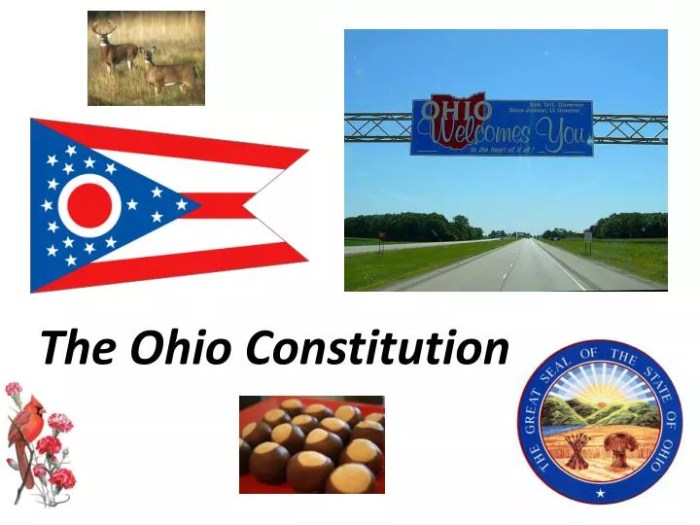
Ohio’s constitution has a rich and complex history, shaped by the Northwest Ordinance and the state’s unique path to statehood.
The Northwest Ordinance
The Northwest Ordinance of 1787 established the framework for Ohio’s government and ensured that the state would be a free and democratic society.
Statehood and the First Constitution
Ohio became a state in 1803, and its first constitution was drafted in 1802. This constitution established a three-branch government and guaranteed basic rights to citizens.
Timeline of Significant Events
- 1787: Northwest Ordinance passed
- 1802: Ohio’s first constitution drafted
- 1803: Ohio becomes a state
- 1851: Ohio’s second constitution adopted
- 1912: Ohio’s third constitution adopted
- 1977: Ohio’s current constitution adopted
2. Key Provisions of Ohio’s Constitution
Ohio’s constitution has undergone several revisions over the years, but its core principles have remained largely intact.
Table of Key Provisions
| First Constitution (1802) | Current Constitution (1977) | Changes |
|---|---|---|
| Three-branch government | Three-branch government | No significant change |
| Limited suffrage for white males | Universal suffrage for all citizens | Major expansion of voting rights |
| No provision for judicial review | Strong judicial review powers | Increased role of the courts |
| Slavery allowed | Slavery prohibited | Abolition of slavery |
Evolution of Provisions
The key provisions of Ohio’s constitution have evolved over time to reflect changing social and political values. The expansion of voting rights, the abolition of slavery, and the strengthening of judicial review are all examples of this evolution.
3. Amendments to Ohio’s Constitution
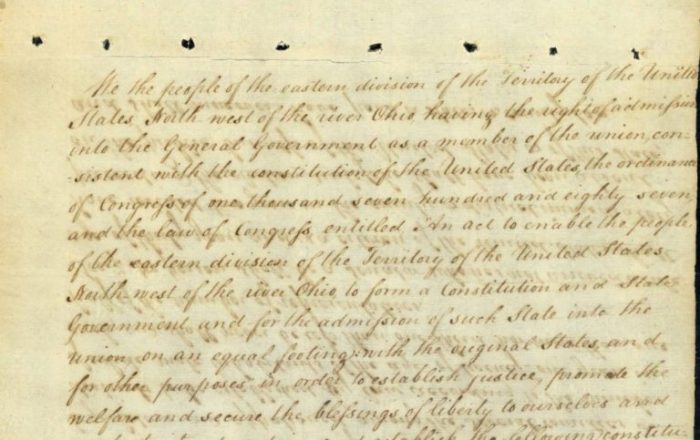
Ohio’s constitution has been amended numerous times since its adoption in 1977.
Timeline of Major Amendments
- 1980: Amendment 1 (Death penalty)
- 1984: Amendment 2 (Victims’ rights)
- 1990: Amendment 3 (Term limits for state legislators)
- 2000: Amendment 4 (Same-sex marriage ban)
- 2018: Amendment 5 (Bail reform)
Reasons for Amendments
Amendments to Ohio’s constitution have been proposed for a variety of reasons, including: to address changing social norms, to improve the efficiency of government, and to protect the rights of citizens.
Process of Amendment
The process of amending Ohio’s constitution is complex and requires a majority vote of the electorate.
4. Ohio’s Constitution in Practice
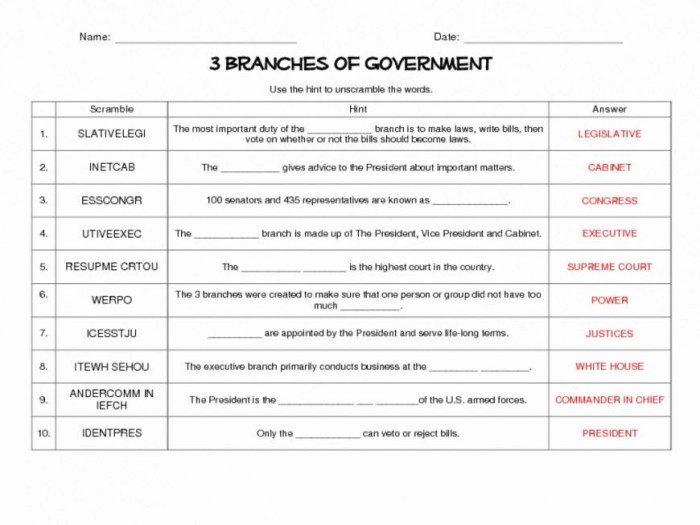
Ohio’s constitution has been interpreted and applied by the courts in a variety of ways.
Judicial Interpretation
The Ohio Supreme Court has played a significant role in shaping the meaning of the constitution. Its decisions have clarified the rights of citizens, the powers of government, and the scope of judicial review.
Role in Shaping Laws and Policies
Ohio’s constitution has had a profound impact on the state’s laws and policies. It has been used to strike down unconstitutional laws, to protect the rights of individuals, and to shape the state’s approach to a wide range of issues.
5. Comparative Analysis of Ohio’s Constitution with Other States
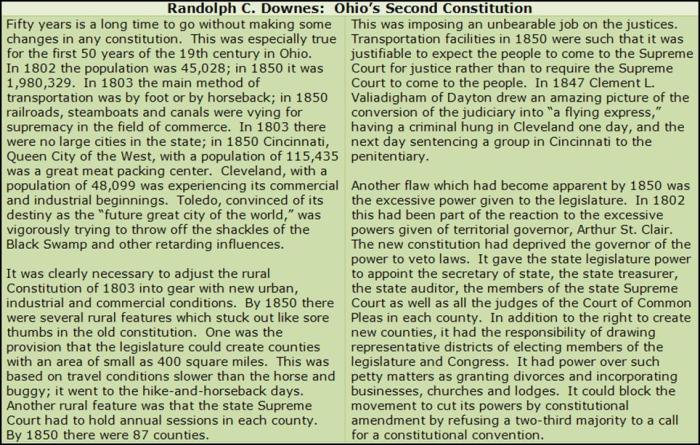
Ohio’s constitution is similar to the constitutions of other states in many ways, but it also has some unique features.
Table of Comparative Provisions
| Provision | Ohio Constitution | Other States | Differences |
|---|---|---|---|
| Structure of government | Three-branch government | Most states | Ohio’s constitution is similar to the constitutions of most other states in that it establishes a three-branch government. |
| Rights of citizens | Strong protection of individual rights | Most states | Ohio’s constitution is similar to the constitutions of most other states in that it provides strong protection for individual rights. |
| Amendment process | Relatively easy to amend | Some states | Ohio’s constitution is relatively easy to amend compared to the constitutions of some other states. |
Factors Influencing Variations, History of ohio’s constitution icivics
The variations in the constitutions of different states are influenced by a variety of factors, including the state’s history, its political culture, and its unique challenges.
FAQ Explained: History Of Ohio’s Constitution Icivics
What was the significance of the Northwest Ordinance in Ohio’s constitutional development?
The Northwest Ordinance established the framework for Ohio’s statehood and guaranteed fundamental rights, shaping the foundation of its constitutional principles.
How has Ohio’s constitution evolved over time?
Ohio’s constitution has undergone numerous amendments, reflecting the changing social, political, and economic landscape of the state.
What is the process for amending Ohio’s constitution?
Amending Ohio’s constitution requires a proposal by the legislature or a citizen initiative, followed by approval by voters in a statewide referendum.

